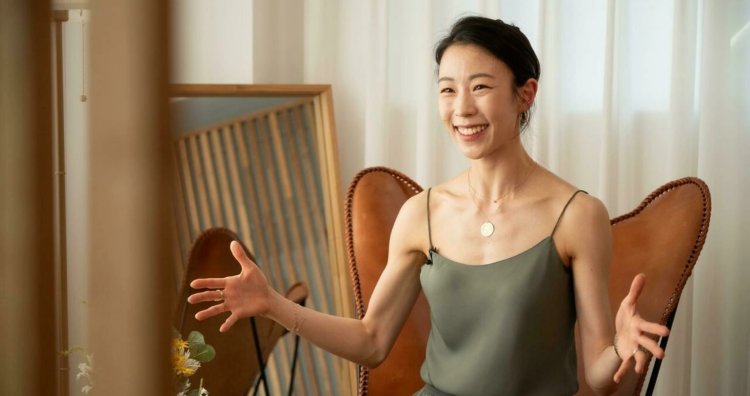'Art transcends race': Paris Opera Ballet's first Asian etoile ballerina
When Sae Eun Park auditioned for the world's oldest ballet institution, her Paris hotel room was so small she could not fully stretch her legs. A decade later the South Korean has become the first Asian ballerina to reach the top "etoile" , or "star" , rank in the Paris Opera Ballet's 352-year history.

The 31-year-old's promotion came as the world of elite classical ballet faces growing calls for diversity and inclusion.
She is one of only two current foreign-born etoiles at the renowned company, defying years of different training, a language barrier, injury and the POB's notorious competitive exams, which determine all but the highest promotions through its rigid five-rank hierarchy.
"I believe that art -- not just dance -- transcends nationality and race," Park told AFP.
"I became the first Asian ballerina to be an etoile and it's very much become a talking point, but I think of it as something that's very natural."
A Seoul native, Park trained in Russia's "Vaganova" ballet method -- which emphasises soulful expression, strength and flexibility -- in South Korea's top art institutions.
When she arrived in Paris aged 21, she spoke little French and had never attended classes at POB's affiliated ballet school -- which provides around 90 percent of its dancers and teaches a dance style that prioritises elegance and precision.
But in June, after Park performed the female lead in "Romeo and Juliet", her "etoile" nomination was announced to the Opera Bastille, prompting a standing ovation and her to break down into tears.
"A lot of emotions were overlapping - I was so happy, and so grateful, and thought there really is such a day," Park recalled.
"I had been waiting for so long... and there were times that were a bit tough, and I was reminded of all of these all at the same time."

Park joins a group of millennial South Korean dancers in the top ranks of the world's most prominent companies, including Kimin Kim at the Mariinsky Ballet and Hee Seo at the American Ballet Theatre -- many of them inspired by trailblazer Kang Sue-jin, a former principal for Germany's Stuttgart Ballet.
Celebrated as a teen prodigy in the South, Park was dubbed the "queen of concours" after winning the Grand Prix de Lausanne and Gold Medal at Varna, two leading prizes for aspiring ballet dancers.
At the time she was particularly praised for her technique, such as leaps and turns, but Park says she always wanted something more and found her inspiration in YouTube videos of POB dancers, including its current director Aurélie Dupont.
She quit her soloist position at the Korean National Ballet -- its second-highest rank -- for a one-year contract as a POB quadrille in 2011, the lowest position at the company.
Now she is also lauded for her emotional depth and lyricism, with Paris-based dance critic Laura Cappelle noting her "inner serenity, a gift for slowing down time on stage".
Park -- who comes across as perceptive, humble and genial in equal measure -- trains for up to nine hours a day.
Her ascent through the ranks was interrupted in 2015, when she needed cosmetic surgery after a colleague accidentally kicked her in the forehead while practicing.















